Optimal Timing for Concrete Repairs
Concrete repairs are most effective when performed under optimal weather conditions. Temperature, humidity, and precipitation significantly influence the curing process and the durability of repairs. The ideal time for concrete repairs is during mild, dry weather to ensure proper setting and bonding.
Spring offers moderate temperatures and lower humidity, making it suitable for concrete repairs. Avoid early spring when frost might still be present.
Warm, dry summer days facilitate faster curing. However, excessive heat can cause rapid drying, so shade and water curing are recommended.
Early fall provides cooler temperatures and less humidity, ideal for repairs before winter.
Winter conditions with freezing temperatures can hinder curing and cause cracks. Repairs should be postponed until temperatures rise.
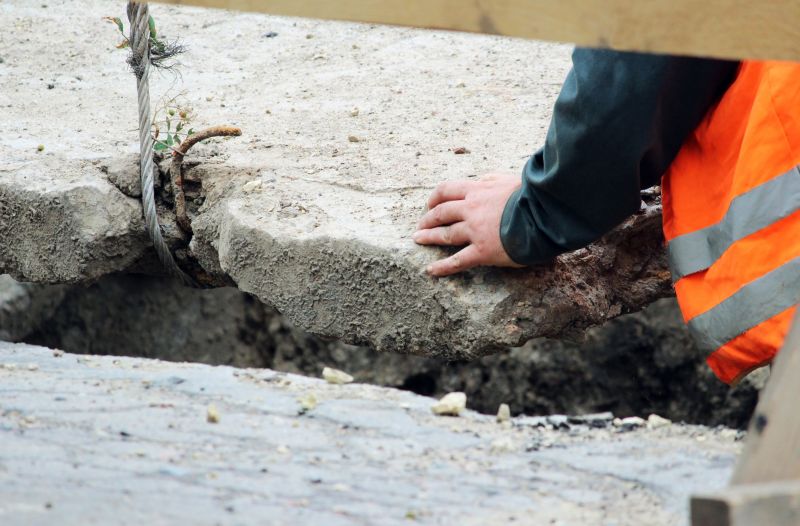
Spring weather allows for optimal curing conditions, reducing the risk of cracks.
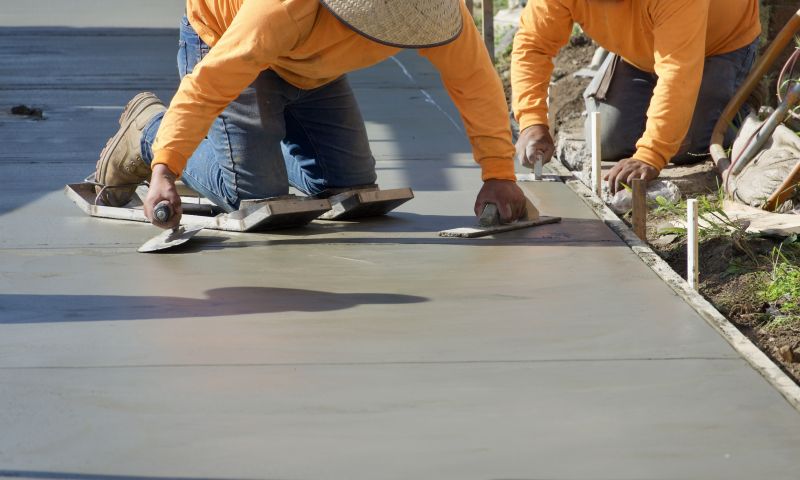
Summer offers warm temperatures, but precautions are necessary to prevent rapid drying.
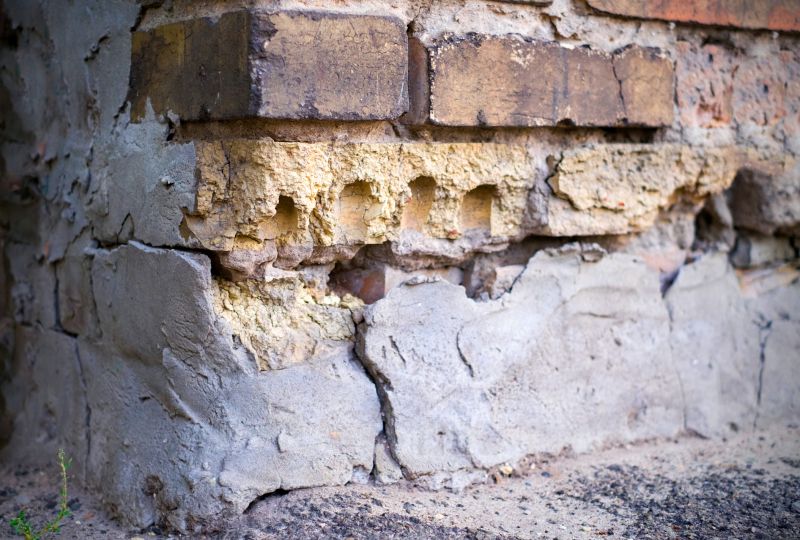
Early fall provides cooler, stable conditions suitable for durable repairs.
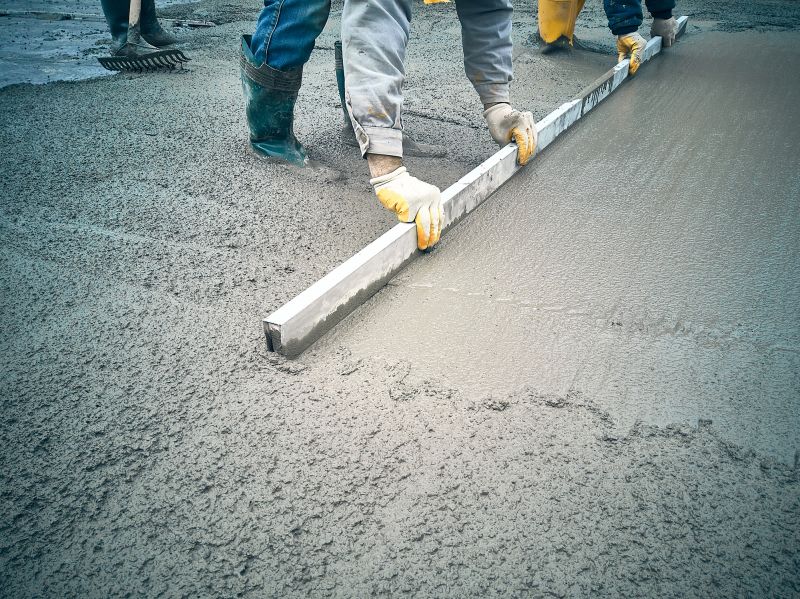
Ways to make Concrete Repairs work in tight or awkward layouts.
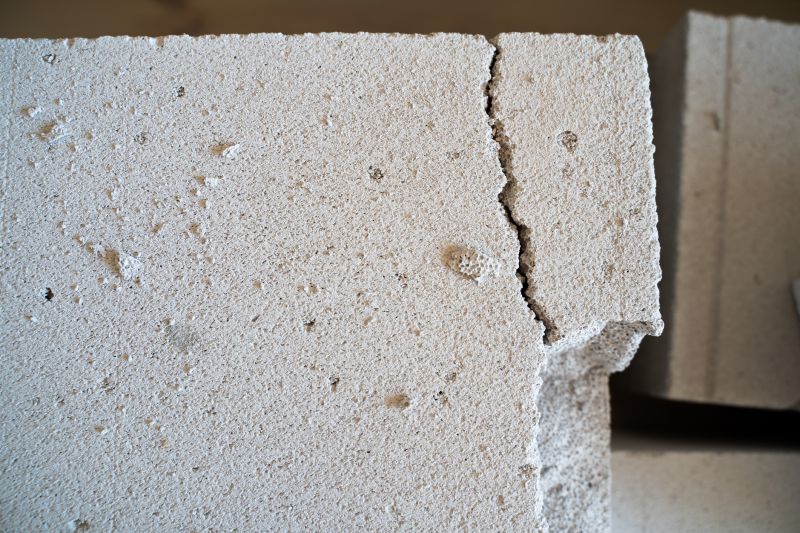
Popular materials for Concrete Repairs and why they hold up over time.
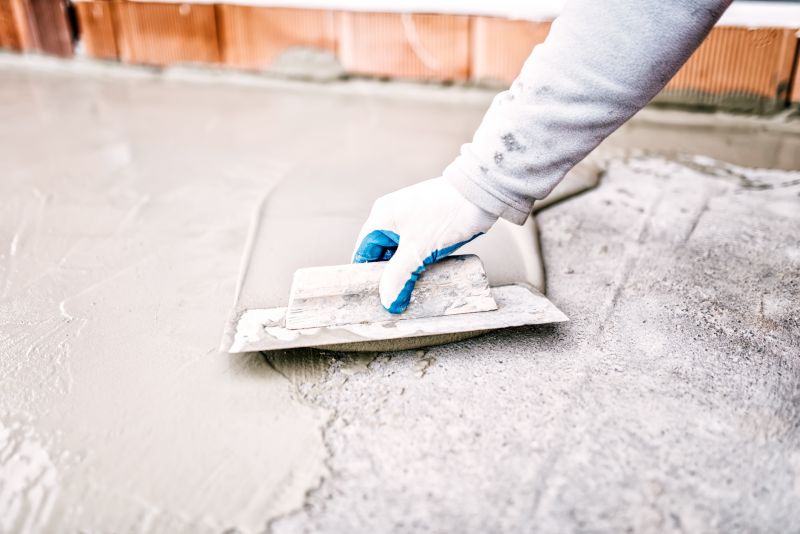
Simple add-ons that improve Concrete Repairs without blowing the budget.
| Season | Ideal Conditions |
|---|---|
| Spring | Moderate temperatures, low humidity, no frost |
| Summer | Warm, dry days, avoid extreme heat |
| Fall | Cooler temperatures, less humidity |
| Winter | Freezing temperatures, not suitable |
Concrete repairs require careful planning to ensure longevity and structural integrity. Proper timing, combined with suitable weather conditions, helps prevent issues such as cracking, scaling, and poor adhesion. Statistics indicate that repairs performed during optimal weather conditions experience fewer failures and longer-lasting results. The curing process is critical; improper curing can reduce strength by up to 50%, emphasizing the importance of choosing the right season for repairs.
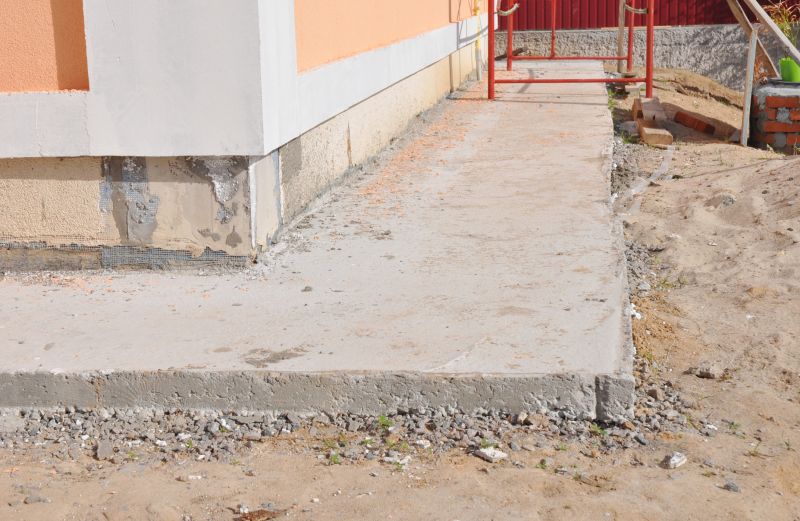
A concrete repair project in spring with mild weather conditions.

Concrete curing during warm summer days with shade protection.
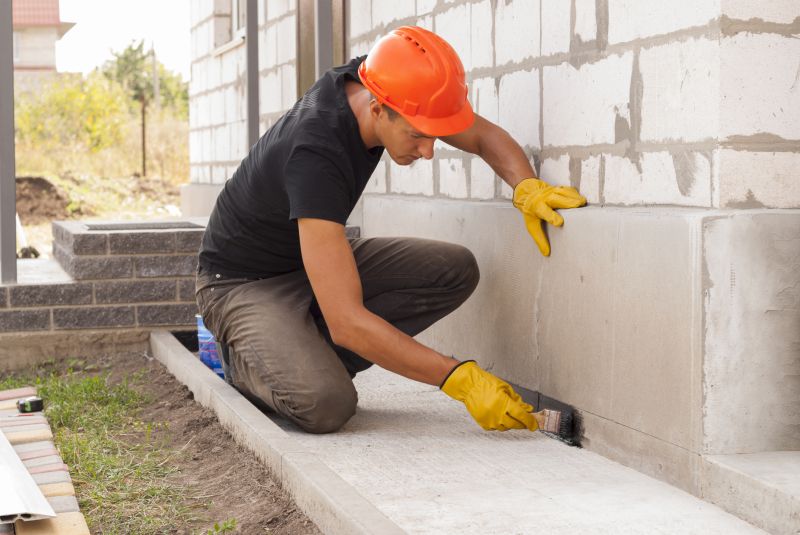
Concrete repair underway in early fall with stable temperatures.
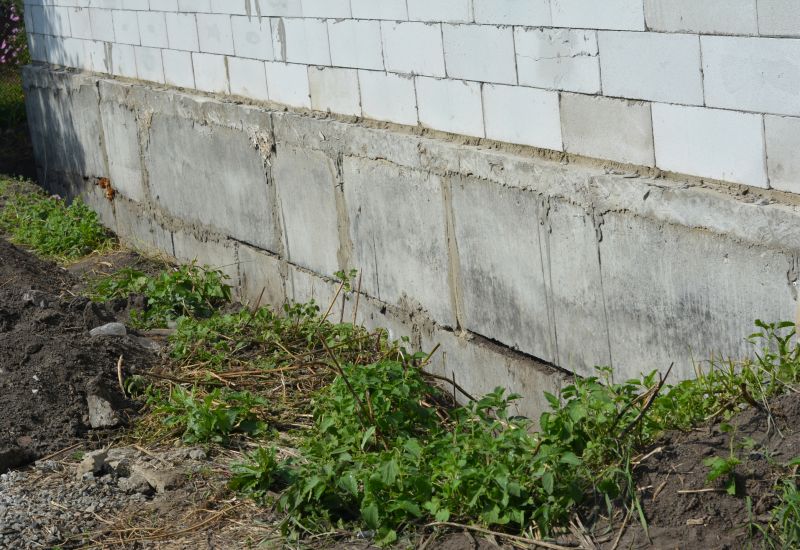
Visual comparison of concrete repairs in different seasons.
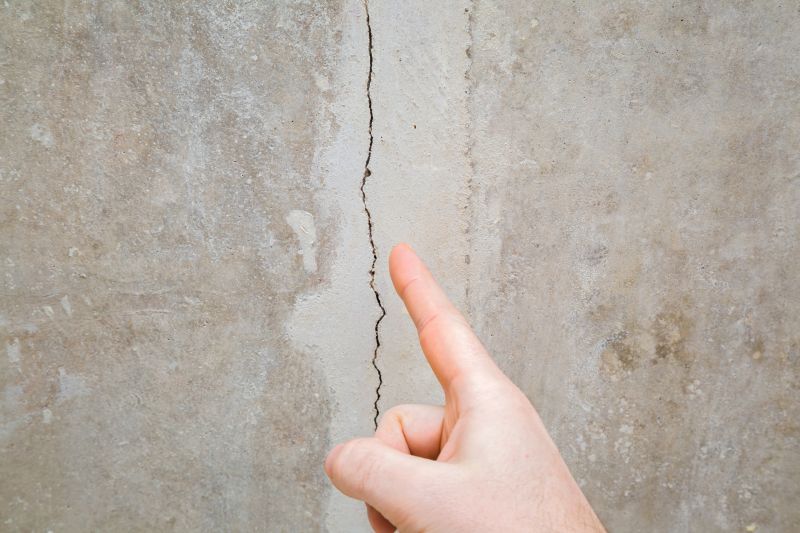
High-end options that actually feel worth it for Concrete Repairs.
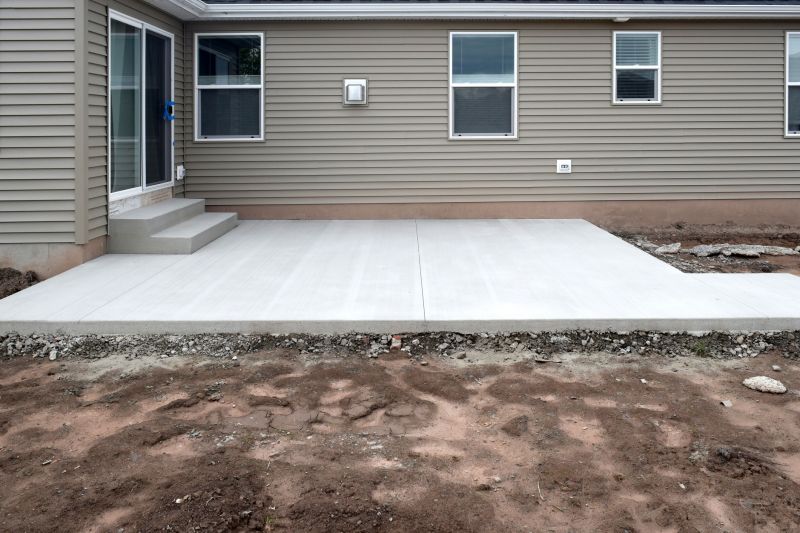
Finishes and colors that play nicely with Concrete Repairs.
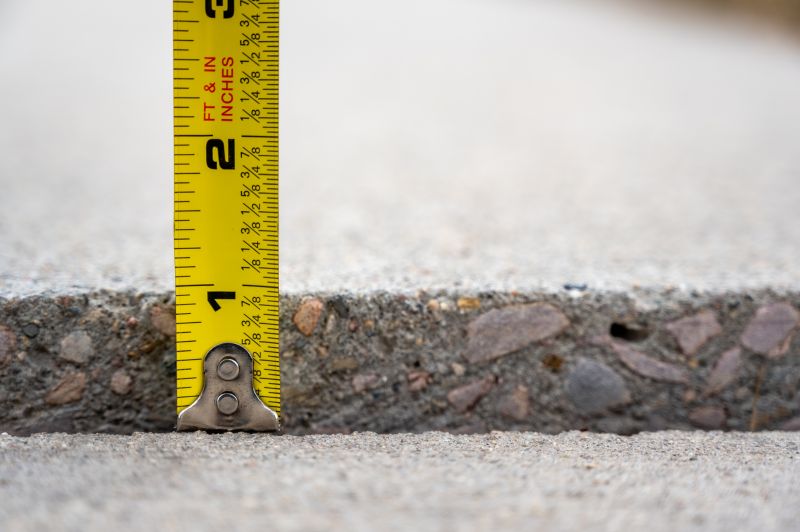
Little measurements that prevent headaches on Concrete Repairs day.

A 60-second routine that keeps Concrete Repairs looking new.
Timing concrete repairs appropriately can extend the lifespan of the structure and reduce future maintenance costs. Monitoring weather forecasts and planning repairs during periods of stable, mild weather is recommended. For Springfield residents, scheduling repairs in spring or early fall aligns with the most favorable conditions for durable results.
Interested in scheduling concrete repairs? Fill out the contact form to get started.

